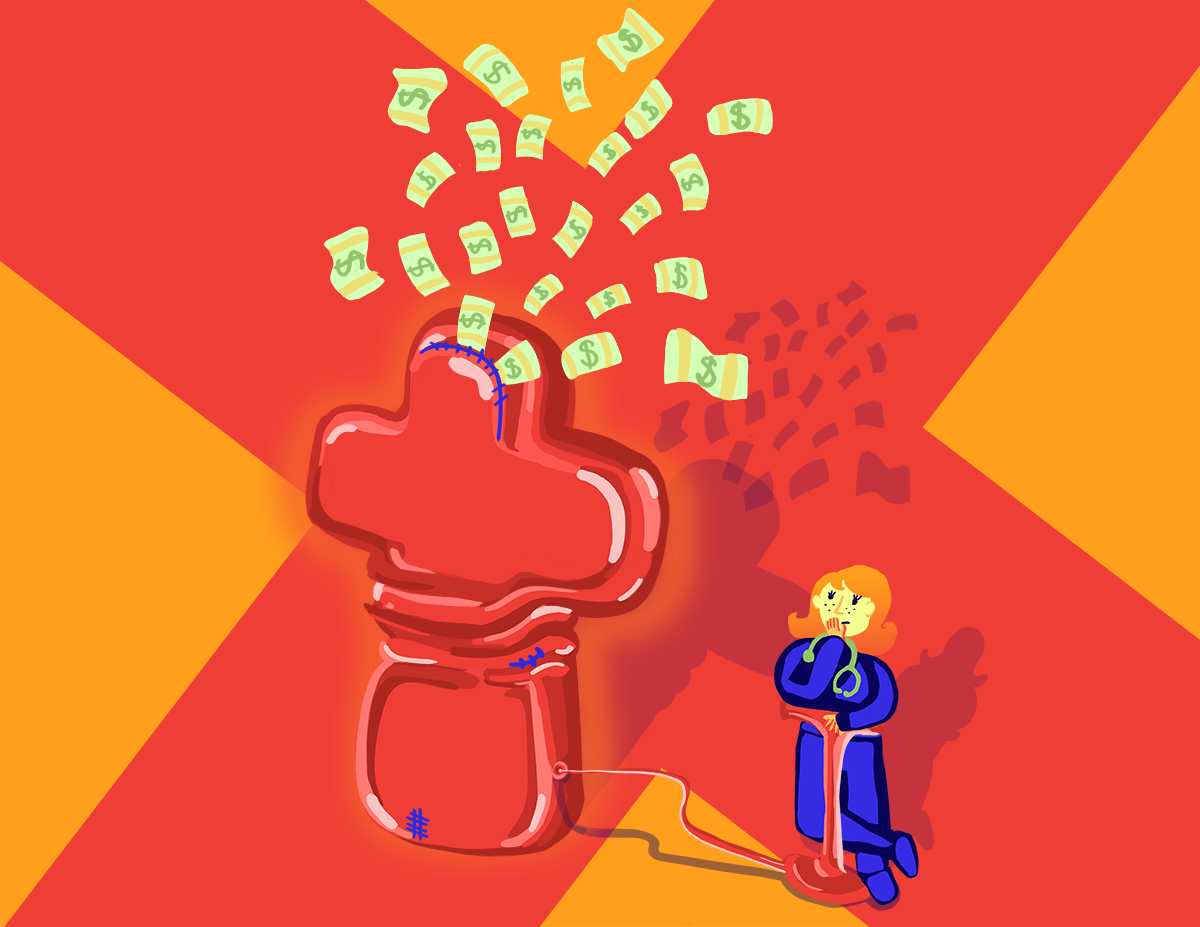In an attempt to attract more nurses to stay in Quebec, new incentives are being created by the provincial government.
On Sept. 23, Premier François Legault promised a $1 billion investment into Quebec’s nursing system, as part of a plan to make up for the province’s nurse shortage.
Quebec is currently in dire need of medical staff, facing a shortage of over 4000 nurses. As part of the incentives promised by the Legault administration, nurses would receive bonuses of up to $18,000.
Despite these promises, the The Fédération Interprofessionnelle de la santé du Québec (FIQ), which represents 76,000 nurses, disagreed with the plan because it failed to improve on the mandatory overtime laws currently in place for Quebec nurses.
The law requires nurses to stay longer than their mandated shifts if deemed necessary. However, the long hours have proven to be difficult for many amid the fourth wave of the COVID-19 pandemic, which has seen over 600 daily cases throughout most of September.
The plan comes not only as an attempt to prevent current nursing staff from leaving the public health sector, but also to secure the interest of new graduates in joining the field.
In the Sept. 18 press conference introducing the bill, Health Minister Christian Dubé said his mission was to make workers in the medical sector proud of Quebec’s health network, and to help them “want to stay in it, or come back to it.”
That same week, both Legault and Dubé were intentional about highlighting the benefits of the new plan for both retired nurses returning to the field, as well as nurses choosing to work in the private, rather than the public, sector for economic reasons.
According to Statistics Canada, the effects of the COVID-19 pandemic on the labour force are still evident in many of Quebec’s industries. The health care and social assistance industry reported 119,500 more jobs than it did compared to August 2020, showing a clear demand for more workers in the healthcare system.
Despite this slight increase, many students considering joining the medical field are still hesitant about establishing a future in Quebec.
Temkhuleko Mthethwa, an international student from Eswatini, is completing her major in biology. Although she hopes to pursue further studies in medicine she does not see a future in Quebec.
Mthethwa believes that language, not finances, is the biggest obstacle for international students looking to join the healthcare workforce in Quebec.
“It’s just so much easier to connect with your patients when you can understand and communicate with them,” said Mathethwa.
“It’s not like I know French — the language barrier is about more than just the finances, it’s about feeling like you belong.”
Canadian students coming to Quebec from other provinces seem to have a similar perspective; 22-year-old Université de Montréal student Braxton Phillips has been completing his masters in neuroscience. He believes the incentives from the government won’t really have a deep impact on who chooses to stay in the province.
“I think the people who would want to stay here in Quebec to pursue medicine would have done so with or without the incentives,” he said.
Phillips thinks that the Legault government would have better results through the creation of more bilingual laws for Quebec’s healthcare system.
Graphics courtesy of Madeline Schmidt
